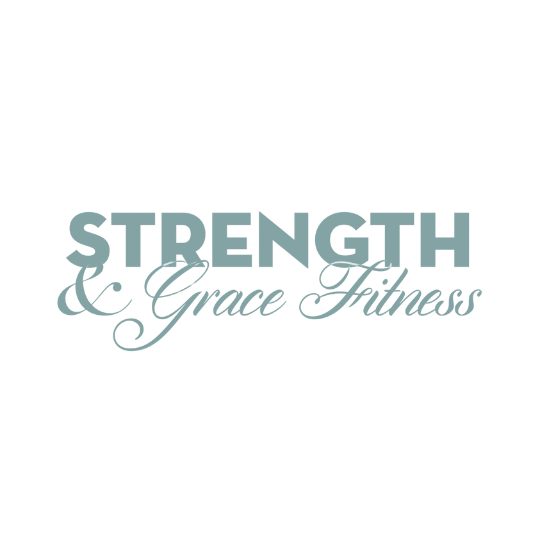Introduction
What is DOMS? If you’ve ever felt sore a day or two after a workout, you’ve likely experienced Delayed Onset Muscle Soreness, or DOMS. This common phenomenon affects everyone, regardless of fitness level, but it can feel particularly challenging for those over 40. In this blog, we’ll dive into what DOMS is, why it happens, and how you can manage it—especially if you’re navigating fitness in your 40s and beyond.
What is DOMS?
DOMS, or Delayed Onset Muscle Soreness, refers to the muscle pain and stiffness that occurs 24 to 72 hours after intense or unfamiliar physical activity. It’s a normal response to exercise, particularly when engaging in eccentric (muscle-lengthening) movements like lowering weights or downhill running. While DOMS can be a sign that your muscles are adapting and growing stronger, it can also be uncomfortable and sometimes discouraging.
Why Does DOMS Happen?
DOMS results from microtears in muscle fibers during strenuous exercise. Here’s a closer look at why it happens:
- Microtears in Muscle Fibers: During intense workouts, small tears occur in the muscle tissue. This damage triggers the body’s natural repair process, leading to muscle growth but also temporary soreness.
- Inflammatory Response: The microtears prompt an inflammatory response as the body works to repair the muscle tissue. This includes the release of chemicals that increase blood flow and immune activity, contributing to the pain and stiffness of DOMS.
- Fluid Accumulation: The inflammation causes fluid to accumulate around the muscles, which can create a sensation of swelling and add to the discomfort.
DOMS and Aging: How It Affects Those Over 40 Differently
For individuals over 40, DOMS can feel more pronounced and last longer than it does for younger individuals due to a few key factors:
- Slower Muscle Recovery: As we age, our bodies take longer to repair muscle tissue. This slower recovery can make DOMS more noticeable and prolonged.
- Increased Muscle Stiffness: Age-related loss of muscle elasticity and changes in joint health can amplify the stiffness and discomfort associated with DOMS.
- Altered Inflammatory Response: The body’s inflammatory response can become less efficient with age, potentially prolonging muscle soreness.
- Decreased Muscle Mass and Strength: Natural declines in muscle mass (sarcopenia) and strength can make muscles more susceptible to damage and soreness from workouts.
Managing DOMS Effectively After 40
Experiencing DOMS doesn’t mean you should shy away from exercise. In fact, staying active is one of the best ways to maintain muscle health and overall wellness as you age. Here are some strategies to manage DOMS, especially for those over 40:
- Ease Into New Workouts: Avoid jumping into high-intensity workouts too quickly. Gradually increase your exercise intensity and allow your muscles time to adapt.
- Prioritize Warm-Ups and Mobility: A thorough warm-up prepares your muscles for the demands of your workout, while mobility exercises can help maintain flexibility and reduce stiffness.
- Incorporate Recovery Days: Schedule regular rest days or low-impact activities like walking or stretching to allow your muscles to recover and reduce the risk of prolonged soreness.
- Stay Hydrated and Eat Well: Proper nutrition, including adequate protein and anti-inflammatory foods, along with staying hydrated, can support muscle recovery and reduce the impact of DOMS.
- Listen to Your Body: Pay attention to how your body feels after workouts. If soreness is severe or persistent, it may be a sign to adjust your exercise routine to prevent overuse or injury.
Conclusion
DOMS is a normal part of the muscle adaptation process, and while it can be more noticeable after 40, it’s manageable with the right approach. By understanding what DOMS is and how it affects your body, you can take steps to reduce its impact and continue to enjoy the benefits of staying active. Remember, soreness is a sign that your body is getting stronger, and with patience and self-care, you can navigate muscle soreness at any age.
